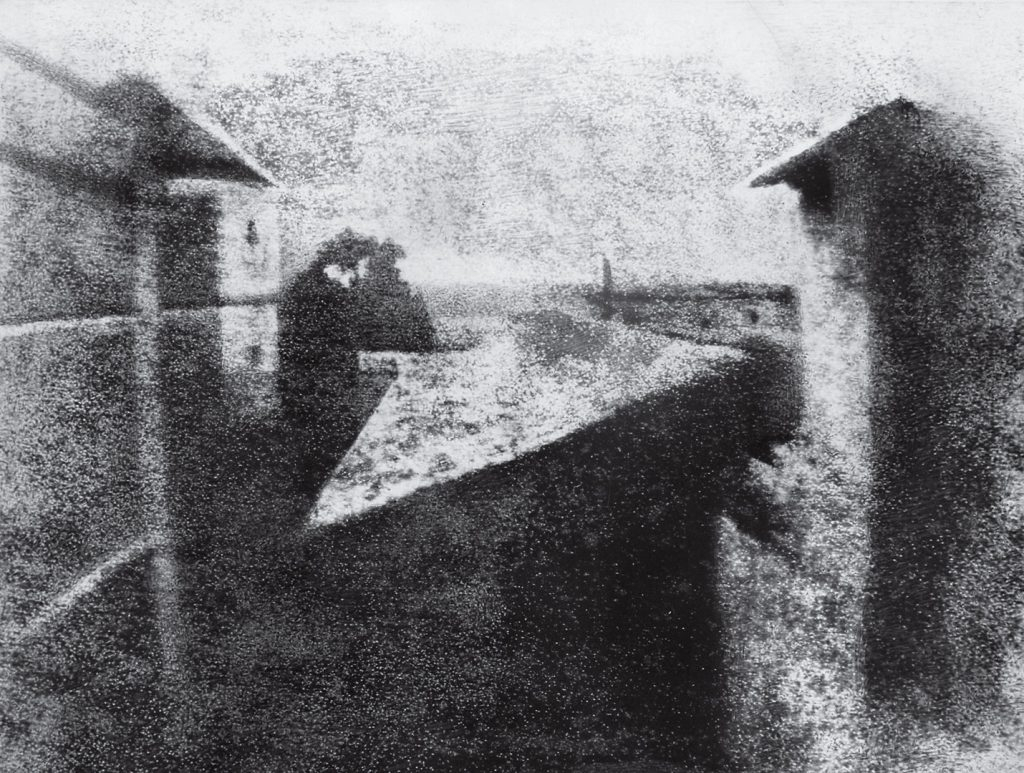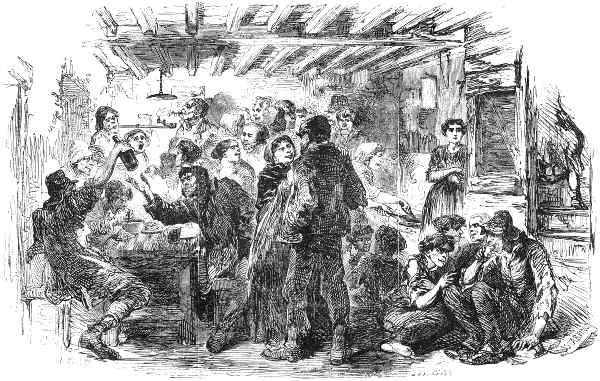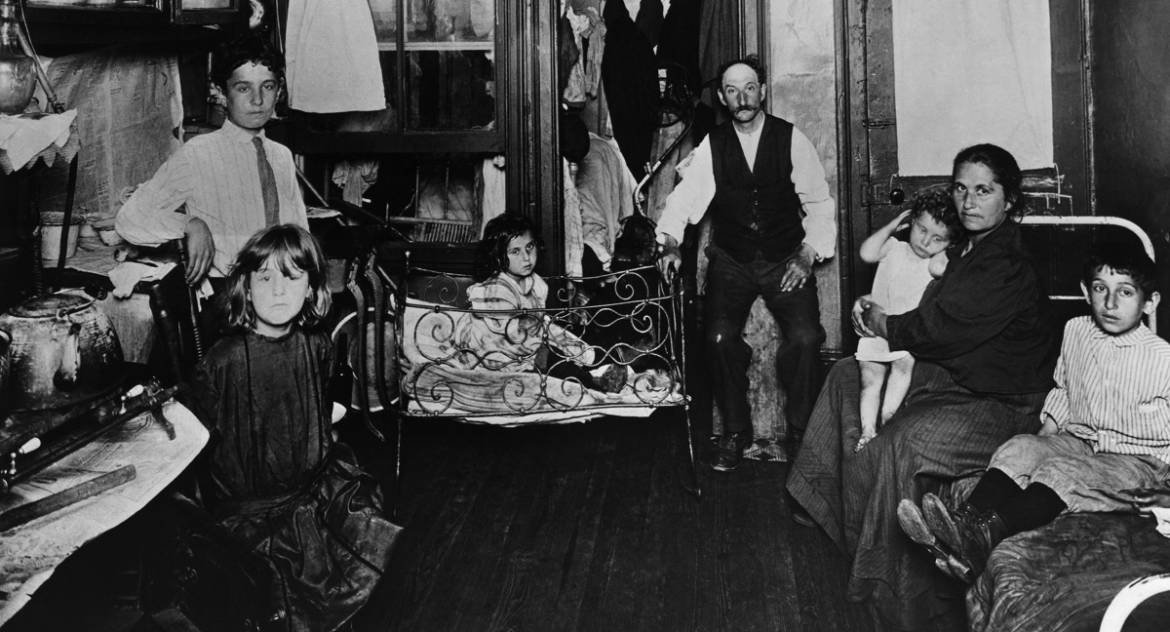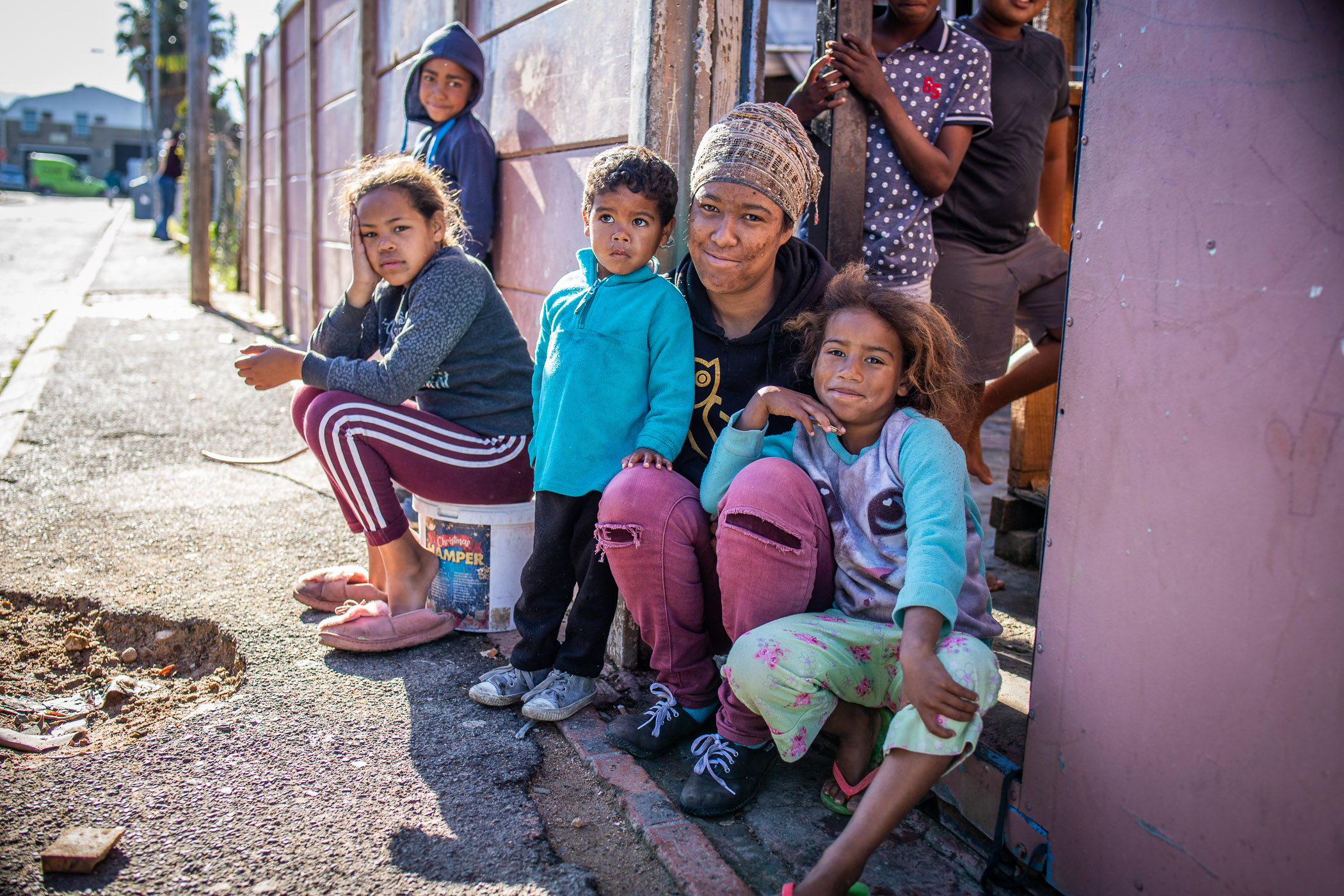THE POWER OF HUMANITARIAN PHOTOGRAPHY
In 1992, James Nachtwey couldn't get a task.
Now, Nachtwey was at that point a grounded philanthropic photographic artist. Having set up an agreement with Time Magazine in 1984 and made a trip abroad to photo different philanthropic emergencies, he was rapidly turning into a persuasive picture taker in his field.
However, when he had caught wind of the philanthropic emergency in Somalia, in which outfitted clash and food uncertainty was overwhelming the country, he was unable to get a task to proceed to record the requirement for worldwide alleviation financing.
Maybe then hang tight for an authority task, a craving to have an effect constrained Nachtwey to assume control over issues – he headed out to Somalia all alone. While there, having gotten the help of the International Committee of the Red Cross upon the appearance, he caught devastatingly moving photos of the emergency – most remarkably, the renowned picture of a Somalian lady near the precarious edge of starvation fell in a work cart, holding on to go to taking care of focus.
At the point when he got back to the US, Nachtwey's photos were shared across the Western world, remembering for a cover article for the New York Times.
The outcome? Public help for the emergency to the International Red Cross immediately turned into the biggest alleviation activity since World War Two.
Nachtwey's pictures had the effect.
The narrative of James Nachtwey's association in the Somalia Famine is a moving illustration of the force of philanthropic photography. Since the start of photography, individuals across various countries, social classes, conditions, and foundations have utilized it to recount amazing accounts of day-to-day existence. Photography has given a visual voice to the voiceless.
WHERE IT ALL BEGAN
Most history specialists accept the soonest enduring photo on record was by Nicéphore Niépce around 1826. Utilizing a camera obscura and specialized motivation from the light-printing technique for lithography, Niépce had the option to make the very first photo. Referred to among students of history as the "View from the Window at Le Gras", it required long periods of openness to deliver the photograph – a long way from our capacity to now catch pictures in thousandths of a second!
While this picture was progressive for its time and is accepted to be the impetus for quite a long time of photography to come, the method involved with taking a solitary photo was still very wasteful. Past the long periods of openness fundamental, the cycle required direct daylight, a particular kind of light-delicate oil, and a pewter plate to deliver the picture.

For photography to become the art form and storytelling platform we know it to be today, some innovation was necessary.
Over the coming years, the practicality of photography evolved. In 1839, Louis Daguerre announced his daguerreotype process. Reducing the exposure time from hours to a matter of minutes, the introduction of Daguerre’s innovation made photography widely practical and accessible for the first time. Soon followed by the invention of the calotype negative process by William Henry Fox Talbot and years of other exciting innovations, by the mid to late 1800s, photography was on track to become an exciting medium for change.
The story of humanitarian photography begins here.
HUMBLE BEGINNINGS, POWERFUL STORIES
Across the world, the 1800s were a difficult time. Confronted with political pressures, outrageous neediness, perilous working conditions, huge starvations, and the outcome of destroying wars around the world, many individuals were confronting extreme experiencing every day.
The presentation of photography was immediately met with photographic artists utilizing this new medium to record social issues locally. As a specialized device and type of self-articulation, photography during the 1800s was progressive. Drenched in the real factors of mass torment, people could now communicate the aggravation they were feeling as well as impart it to individuals who could help.

Antiquarians consider the soonest instance of utilizing photography for sway as Henry Mayhew's series London Labor and the London Poor in 1851. In his series, he tried to archive the extreme working states of individuals living in London at that point. With photography being a somewhat new medium, Mayhew couldn't straightforwardly transform his photos into prints. All things considered, he needed to share his series by hand outlining close proliferations of the pictures he had shot.
Following Mayhew's series was Street Life in London, shot by Alophe Smith and John Thomson in 1877. Archiving the neediness and helpless day-to-day environments that were a reality for a lot of London's working people, Smith and Thomson had the option to enhance the picture nature of their archetype by sharing unique photos. Simultaneously in Edinburgh, Thomas Annan was finishing a comparative undertaking – utilizing photography to bring issues to light for the requirement for new lodging for the functioning poor.
Nonetheless, it was not until the 1880s that photography turned out to be generally well known and open. The presentation of the Kodak camera, alongside the development of a direct proliferation of photos into prints, made photography an undeniably more conservative and effective medium than it had recently been. With this came a blast of gatherings and people utilizing photography for philanthropic purposes.
Perhaps the most striking of these new helpful photographers was Jacob Riis. In New York, Jacob Riis – who moved from Denmark to New York in 1870 – was utilizing photography to advocate for the living privileges of new migrants to the US.
Utilizing the revelation of glimmer powder that permitted photographic artists to take pictures in dull spaces, during his shoots, around evening time, Riis would go into probably the most ruined spaces of New York to take photographs of the everyday environments of new foreigners. Riis felt that it was these conditions that were adding to the expanded wrongdoing and disintegration in regions with high migrant populaces. By working on living and working conditions for individuals new to the United States, Riis accepted that crime percentages would fall and personal satisfaction would increment.
Acclaimed by Theodore Roosevelt – who at the time was filling in as President of the Board of Commissioners for the New York Police Department – as being "one of the most helpful residents of New York", Riis' work became compelling to the improvement of worker freedoms during the late nineteenth century.

THE RISE OF INTERNATIONAL HUMANITARIAN PHOTOGRAPHY
As photography for social change started to take off inside networks during the 1880s, it wasn't until the 1890s that philanthropic photography turned into power for sway in global alleviation crusades.
One of the soonest huge scope distributions of worldwide philanthropic photography was in a series done by Julian Hawthorne in 1897 for Cosmopolitan Magazine. As the magazine's "Exceptional Commissioner to India", Hawthorne went through 90 days on an endeavor to archive the appalling food shortage that was pulverizing India. During his time abroad, Hawthorne caught many nerve-racking pictures, calling them probably the "saddest and grimmest displays known to present-day times."
Outreaching distributions like the Christian Herald and Christian and Missionary Alliance likewise shrouded the Indian Famine during the 1890s. Heading out to India on help missions to carry help to the mass starvation the nation was confronting, photography before long turned into a necessary piece of their interchanges crusades. On their alleviation excursions to India, preachers started taking cameras along to archive the aggravation they were seeing. The teacher bunches then, at that point, utilized the photographs to advance gift crusades and empower help financing for bunches giving guides to individuals in India.
While the pictures of starvation-stricken India were agonizing to take a gander at – particularly when you consider they were the primary pictures of worldwide enduring to arrive at the Western world – every one of the distributions was under the very end that showing these pictures was essential. Philanthropic photography was progressive in the manner it could support compassion and commitment among individuals in places of advantage.
As featured in the report, "History of Humanitarian Photography", pictures had a method of fighting the unspeakable quality of torment. While it could never be valid as a direct encounter, it constrained individuals to take a gander at torment and react. Pictures had the influence to draw in with individuals across hindrances of status, race, abundance, ethnicity, and language. In doing this, photography turned into an amazing power in empowering individuals to look past their circumstances, the news locally, or the issues confronting their nation, and sympathetically draw in with individuals across the world. In when the capacity for a normal individual to right away interface with somebody across the world didn't yet exist, early philanthropic photography crusades obliterated the actual distance that once isolated individuals in frantic circumstances and those that could help.
MODERN DAY HUMANITARIAN PHOTOGRAPHY
Since the early beginnings of philanthropic photography in the nineteenth century, it has advanced to be a basic piece of numerous incredible social effect crusades.
From pictures of Women's Suffrage fights to The Civil Rights development in The United States to Apartheid in South Africa, philanthropic photography has been powerful in recounting the narratives of numerous civil rights developments. With every development of photography, from the capacity to create shading pictures to the force of cell phone cameras today, photography has become progressively rousing in its capacity to give a visual voice to philanthropic issues.
An incredibly advanced illustration of helpful photography is Nilüfer Demir's photo of Alan Kurdi. Alan Kurdi was a youthful Syrian outcast who had headed out for Greece with his family in 2015. Promptly after dispatching off the bank of Turkey, the boat that was conveying the Kurdi family inverted, and Alan, his sibling, and mom all suffocated. A couple of hours after the fact, during a stroll along the shore of Bodram, Turkey, Demir found the scene. Understanding the misery of the circumstance and his powerlessness to save Alan after his passing, Demir chose to snap a photo of the tragic misfortune. The overwhelming picture of Kurdi before long circulated the web across web-based media and news distributions, eventually bringing about some European countries to start opening recently shut boundaries to evacuees of the continuous Syrian conflict.
Today, the ubiquity of online media and the accessibility of continually having a camera in our back pocket has made an entirely different age of compassionate photographic artists. Presently, anybody with a camera – regardless of whether it be a DSLR or cell phone – can utilize photography to recount the accounts of issues their local area is confronting and share these pictures to have an effect. If you ask us, that is quite fantastic.
YOUR ROLE
“Above all, I know that life for a photographer cannot be a matter of indifference.” Robert Frank, an influential Swiss photographer
Philanthropic photographic artists are narrators. Each time you get your camera, you get an excellent greeting to proceed to recount the accounts of individuals locally. The thrilling part? You don't need to be an expert picture taker to have an effect – you just should be straightforward and real in the manner you approach your general surroundings.
We put stock in the force of photography to have an effect, and we accept that photography can make a positive change inside a local area – we would adore for you to go along with us!

Regardless of whether you start by sharing the accounts of philanthropies locally or go along with one of our Humanitarian Photography Workshops, we urge you to plunge into the intentional art of effect-driven photography.
The historical backdrop of philanthropic photography is an account of trust. While loaded up with the aggravation of social issues and mass difficulty, it exhibits a moving source of inspiration – when we transparently recount stories, give a stage to the people who regularly don't get one, and join under a shared objective, we can have an effect.
You can have an effect.

